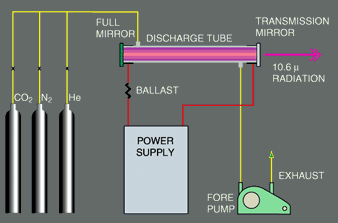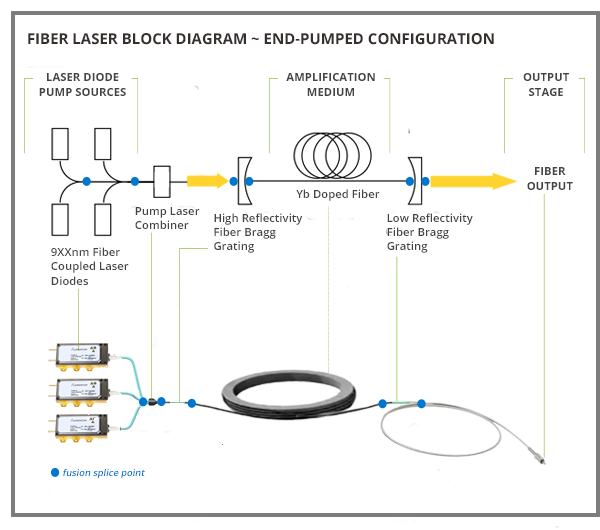Precision laser cutting service in Bhiwandi, Maharashtra
Why JVM Engineering?
How does laser cutting work?
A focused laser beam strikes the material with such heat that it melts or even vaporizes – the beam can then penetrate the workpiece. The cutting process begins as the laser beam moves along the part, melting the material as it goes. Laser cutting is a highly accurate, fast process – parts do not suffer from heat distortion due in part to the speed the laser head is travelling.
What is sheet metal laser cutting?
Laser cutting is an extremely accurate method of cutting precise shapes from a workpiece (usually sheet metal). It works by focusing a high-powered beam at the workpiece, which in turn will melt or even vaporize the material.
The laser beam then follows a predetermined path to cut out the parts, melting the material as it goes, this allows for very complex shapes to be created quickly and accurately. Parts are then removed from the sheet metal skeleton by the operator. This is known as “breaking out”.
What machinery is used to laser cut sheet metal?
There are two primary types of laser cutting machines:
- CO2 lasers
- fibre lasers
both operate slightly differently and have individual characteristics,
At JVM Engineering, we preferred fibre lasers machines only.
How do CO2 lasers work?
CO2 lasers are the most commonly used laser cutting machines. They use a carbon dioxide gas mixture which is charged using a high-intensity electronic current. The CO2 laser is highly efficient and accurate, with a wavelength of around 10.6 micrometer’s it is most useful for laser cutting non-metallic materials such as wood or plastics.

How do fibre lasers work?
A fibre laser is what’s known as a “solid state” machine. It generates a highly focused beam using a “seed laser” which is then amplified many times over using glass fibre. This creates a small diameter laser beam which is up to 100 times more intense than a CO2 beam.
This makes a fibre laser much more energy efficient than the CO2 alternative.

What materials can be laser cut?
The majority of the laser cutting we do here at JVM Engineering is from sheet metal. We can laser cut:
- Mild steel up to 20mm Thk
- Stainless steel up to 12mm Thk
- Aluminum up to 8 mm in Thk
However, metal is not the only material that can be laser cut and we do also process various woods and plastics.
What are the limitations of laser cutting?
Often, a similar outcome can be achieved by either punching or laser cutting and there are factors to consider when deciding which process to use.
Laser cutting is generally a slower process than punching as a laser needs a “lead in” before cutting a complete shape. This means that the laser will need to penetrate the material at a point before moving around a pattern to cut out a shape. A punch, however, will need only one “hit” to remove the shape from the material before quickly moving on to the next hit.
Another consideration specific to JVM Engineering when considering laser or punch is that our punch machines have fully automated load/ unload facilities which mean that they can run 24/7 “lights out”.
A tool called a sheet master will load blank sheets onto the punch bed, the punch will manipulate and punch the sheet before the sheet master removes the finished parts.
Our lasers currently do not have the facility to remove finished parts, meaning that an operator is needed to oversee the job whilst running.
If you have a question regarding laser cutting or any other sheet metal processes, please get in touch.
